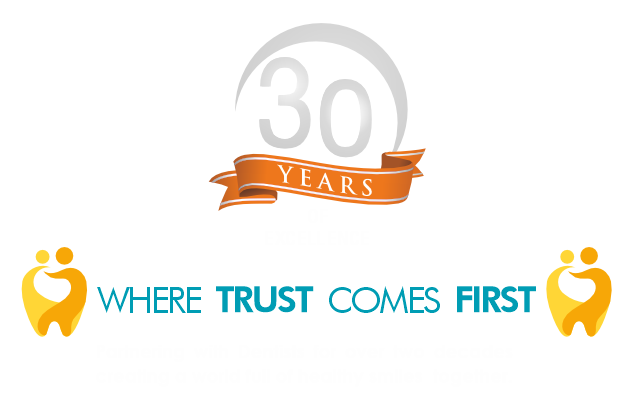Advantages of Piezosurgery over Rotary Method
Technology has unquestionably influenced how the world has progressed. Over the last few years, dentistry has made significant progress and has seen a few new concepts emerge. As a result of these advancements, excruciating procedures are being reimagined as less invasive surgical procedures with substantially faster recovery durations. Piezosurgery, a revolutionary technique to bone surgery that is gaining ubiquity in dentistry, is one of the most astounding developments to evolve.
Professor Vercellotti devised piezosurgery in 1988 to overcome the limitations of traditional devices in bone surgery. It is a soft tissue sparing method that uses ultrasonic micro-vibrations for bony procedures. A growing number of dentists are adopting the innovations because they find them to be safer and less invasive than traditional motorised or manual approaches.
Working of Piezosurgery:
Traditional Rotary Method:
Manual or motor-driven devices have always been used in osseous surgery. When removing small amounts of bone from locations with less thick mineralization, manual devices provide good control. In cortical bone, however, manual devices are difficult to manage, especially when accurate osteotomies are required. Here are some of the disadvantages of Traditional rotary method:
- Generation of significant amount of heat
- Tissue necrosis
- Alteration or delay of healing process
- Decreased tactile sensitivity
- Increased manual pressure
- Increased micro vibration & diminishes sensitivity
- Soft tissue injury
- Damage to the underlying tissue structure
What is Piezosurgery:
Ultrasonic vibration is used in piezosurgery, a relatively recent procedure for osteotomy and osteoplasty. Piezosurgery is essentially an ultrasonic device with a controlled tip vibration range and modulated frequency.
The piezoelectric effect is used in piezosurgery when mechanical energy is converted to electrical energy within the frame of pressure and compression. This energy can then be harnessed by a device known as a “transducer,” which converts the energy into ultrasonic waves that can then be amplified to mechanical vibrations. The low-frequency micro-vibrations range from 25-29 kHz at the device’s tip cut through mineralized formations without harming delicate tissues.
Advantages of Piezosurgery:
- Allows for micrometric cutting and superior accuracy while avoiding bone loss.
- Faster Healing process
- Intact soft tissue due to soft tissue sparing technique
- Greater visibility due to the absence of blood at the surgery site
- Reduce thermal damage to the adjacent tissue or underlying tissue
- the amount of force required to accomplish the cut is much lower, resulting in less hand fatigue.
- Reduced post-operative discomfort and swelling due to decreased inflammation
- Obtaining grafting materials such as bone blocks or bone chips is simple.
- Patient discomfort and surgical trauma are kept to a minimum
Advantages of Piezosurgery over Conventional Surgical Equipment:
Piezosurgery requires far less hand pressure than typical rotary instrumentation. Because of the micro vibration of the cutting tip, the clinician can develop a better ‘feel’ and precision for the cutting action, indicating that the clinician can create a greater ‘feel’ and precision for the cutting action. Because the ultrasonic frequency employed does not cut delicate tissue, the cut is safe. The cutting action is less intrusive, resulting in less collateral tissue injury and improved recovery.
Piezosurgery generates a virtually bloodless surgical site due to its cavitation impact on physiological fluids (for example, blood), making sight in the working area more clearer than with traditional bone cutting devices. Piezosurgery tips do not heat up like traditional burs and micro saws, lowering the risk of postoperative necrosis.
Application in Dentistry:
Piezo surgical equipment can be used for retrograde root canal preparation; it can also be utilised for ridge augmentation and ridge expansion, tooth extraction, ankylotic tooth extraction, and surgical orthodontic procedures because it can execute bone cutting with remarkable precision.
Piezosurgery can be used in a variety of dental procedures where accuracy and delicacy are required. Oral surgery, periodontics, endodontics, sinus lift operations, implantology, and other procedures can all benefit from it. A piezosurgery equipment, the Woodpecker DTE Surgery X, is used to execute accurate and safe osteotomy dental surgical treatments. It’s a third-generation machine.
Conclusion:
Piezosurgery enhances the patient experience by reducing pain, reducing post-operative trauma, and speeding up healing time. When compared to standard procedures, it aids in osseous repair. This can be used as enticing equipment to persuade a clinician to update his or her dental practise.
Related Products:- Advance Piezosurgery Unit- Surgery X





Leave a comment